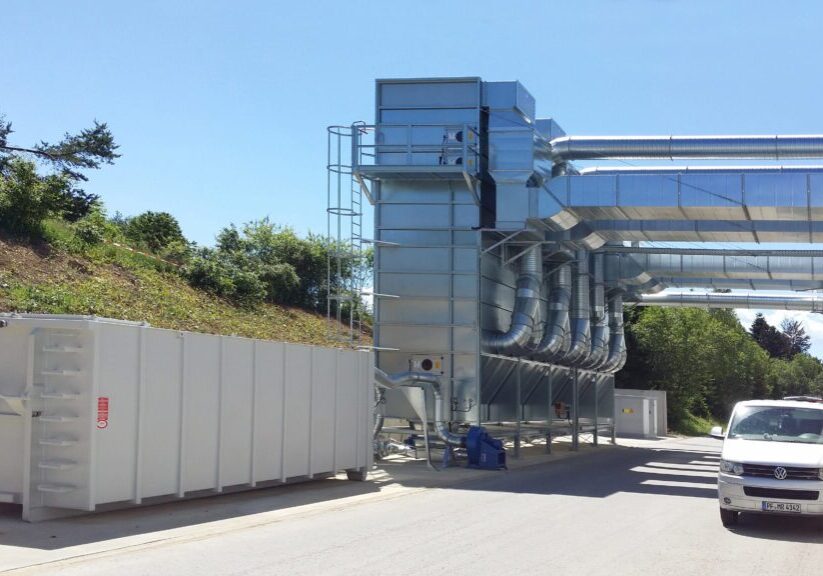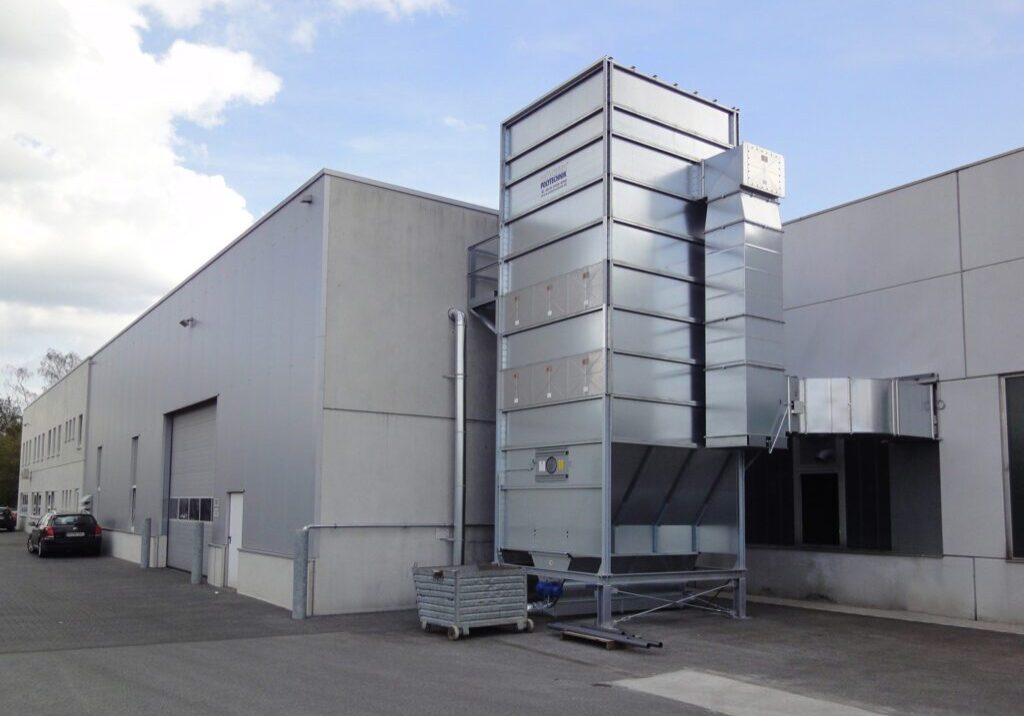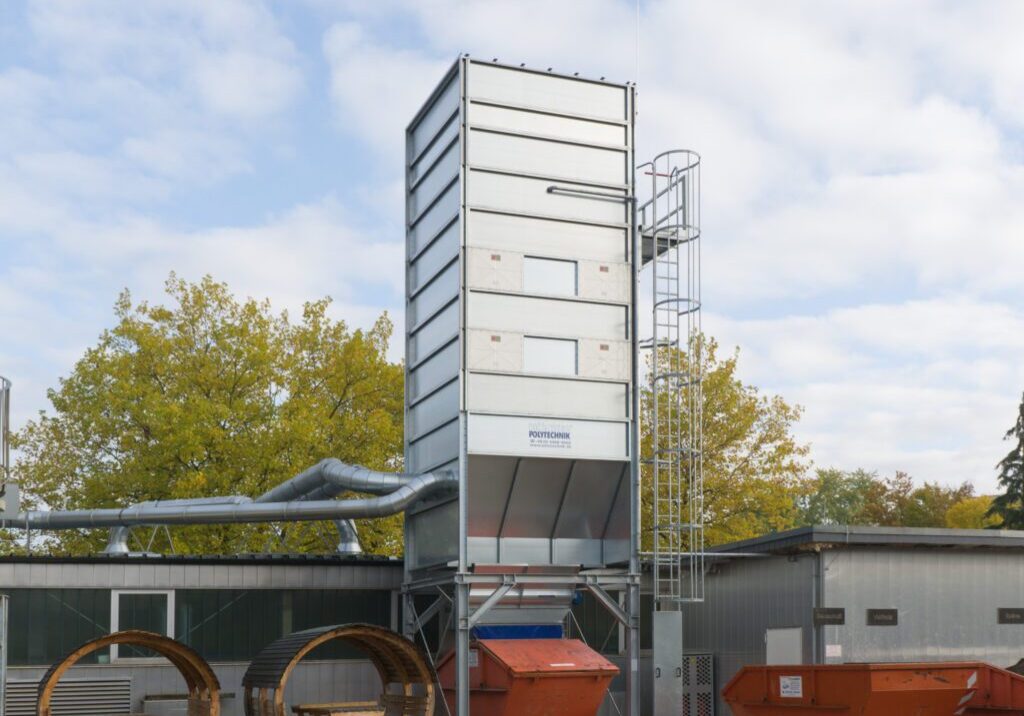Dust Control 101: Are you covered?
In the woodworking industry, the amount of dust generated varies widely depending on the types of machinery, the materials processed, and the scale of your operation. A small workshop with a couple of CNC routers will have different dust collection needs than a large-scale facility running dozens of machines simultaneously.
Key Considerations:
- Machine Types: The dust output of CNC routers, table saws, planers, and sanders can differ significantly. CNC machines may produce fine particles, while table saws generate larger wood chips.
- Dust Hotspots: Identify where dust builds up the most. Are certain machines the main culprits, or is dust spreading evenly across your shop?
- Airflow (CFM – Cubic Feet per Minute): To capture dust effectively, calculate the CFM requirements for each machine to ensure that your system has adequate power to capture dust before it becomes airborne. Most woodworking machines need between 300 and 1200 CFM, depending on dust load and machine type.
- System Size and Ductwork: The more machines you run, the larger the system and ducting network required. Proper duct sizing is crucial to maintaining airflow and preventing clogs.
- Timing & Installation: Once you’ve identified your needs, understanding the project timeline is just as important as the technical requirements. Our dust collection systems are custom-built to fit your operation, which can affect lead times. Here’s what to expect:
- Manufacturing & Shipping: Custom systems are manufactured and shipped within 6–8 weeks, depending on size.
- Delivery: Orders take in total about 10–12 weeks to arrive at your facility, so plan for the system to reach your facility approximately 4 months after placing an order.
- Assembly Process: Depending on the project’s scope, assembly can range from a couple of days to a couple of months.
- Electrical and Commissioning: Following assembly, the electrical work and system commissioning take an additional 3–4 weeks.
- Project Completion: From start to finish, most projects are completed within this timeframe—though we can expedite if your project is urgent.
 Pro Tip: Dust Hazard Analysis (DHA) can pinpoint risk areas for dust accumulation and how much collection power you need to comply with safety standards like NFPA 652 and NFPA 664. Learn how to conduct a DHA to ensure compliance and keep your shop safe.
Pro Tip: Dust Hazard Analysis (DHA) can pinpoint risk areas for dust accumulation and how much collection power you need to comply with safety standards like NFPA 652 and NFPA 664. Learn how to conduct a DHA to ensure compliance and keep your shop safe.

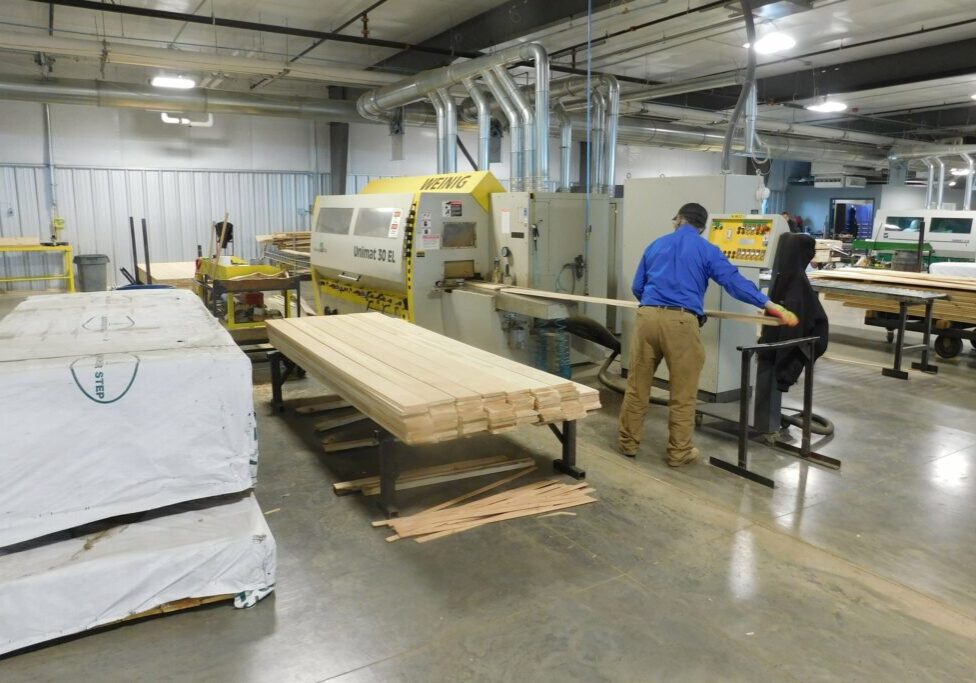
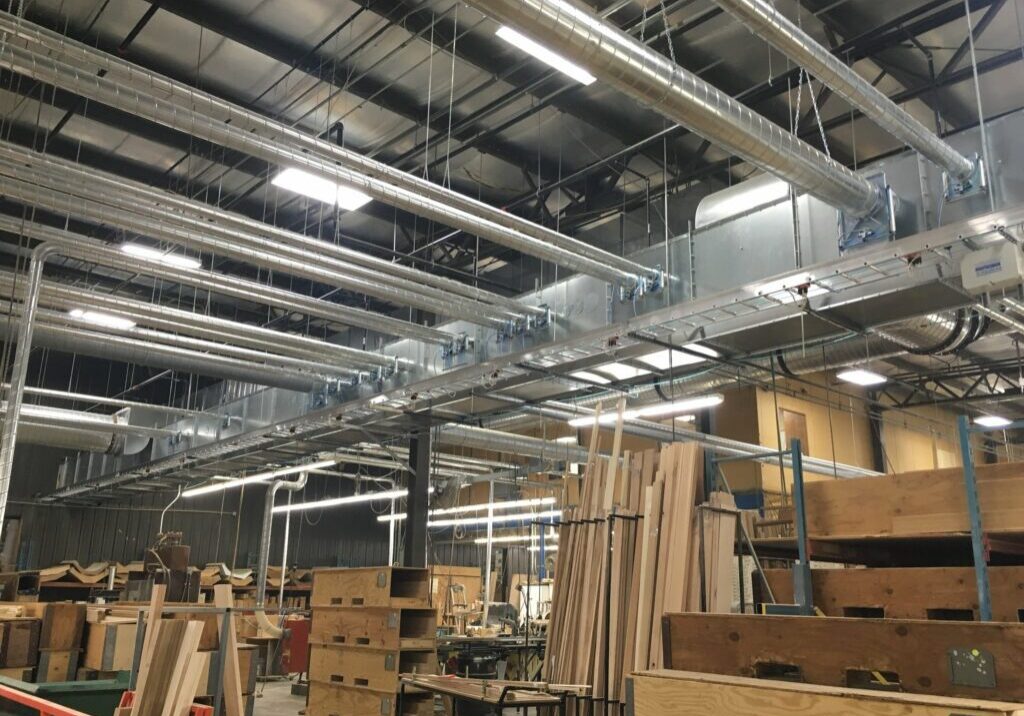
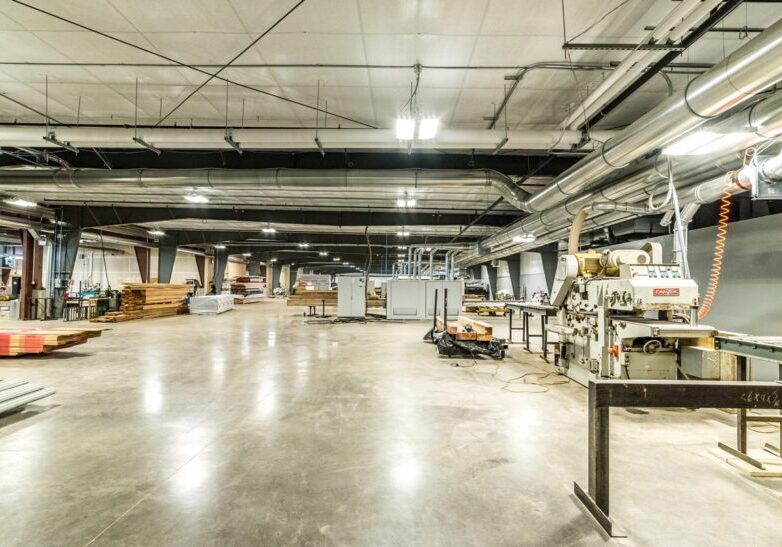
![JB1_20171218_00027_preview[1] JB1_20171218_00027_preview[1]](https://hockeramerica.com/wp-content/uploads/bb-plugin/cache/JB1_20171218_00027_preview1-1024x683-landscape-d37da909590e55e7af02b6ae3fddc17b-.jpeg)
